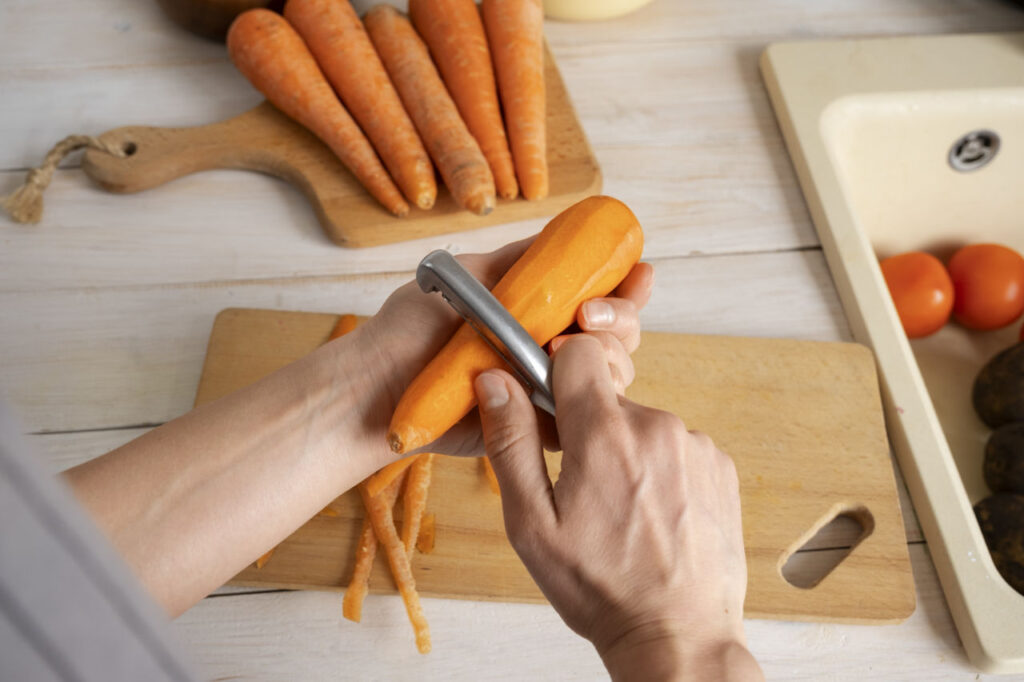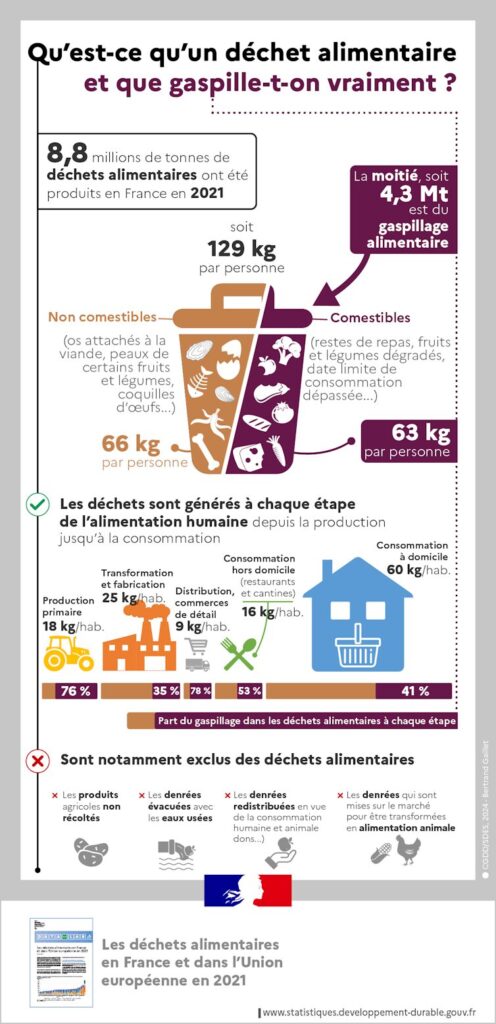Are consumers willing to eat products recovered from food waste?
New entrepreneurial ventures are emerging to recycle edible waste into cookies and ready meals. A survey of 941 French consumers questions the acceptability of this food upcycling.
Marie-Christine Lichtlé, University of Montpellier; Anne Mione, University of Montpellier; Béatrice Siadou-Martin, University of Montpellier and Jean-Marc Ferrandi, Nantes University

Companies offeringfoodupcycling, overcycling or recycling are on a roll. Hubcycled produces flour from soya milk or flavoring from strawberry seeds, the Ouro cookie factory recycles spent grain into aperitif cookies, and In Extremis recycles unsold bread in a range of aperitif cookies.
"Foodupcycling is defined as a food in which at least one of the ingredients is either a co-product or residue from the manufacture of another product (spent grain for beer), an unsold product (bread), or an ingredient that was previously considered waste and/or wasted in the supply chain."
Because of the costs involved in collecting this waste or unsold goods, and those associated with processing them, the selling price of these upcycled products is higher than that of traditional offerings. But what about consumer acceptability? Are they willing to make this monetary sacrifice in order to turn to a sustainable food offer? Can this niche model become a sustainable business model? These are the questions we answer in a survey of 941 consumers.
Food upcycling
In 2021, 8.8 million tonnes of food waste were produced in France. Of this waste, 4.3 million tonnes is edible - uneaten food still packaged, leftovers from meals, etc. To encourage companies in the ecological transition of their production models, in 2020 the government passed the anti-waste law for a circular economy (Agec). For the agri-food industry faces major challenges: ensuring food safety, offering a sustainable supply, limiting food waste at all levels whether production, distribution or consumption.

Acceptability ofupcycling
Our aim is to measure the acceptability of upcycled products and to identify the attributes likely to increase this acceptability - depending on whether they relate to the company, the quality of the product or the manufacturing process.
Every Monday, useful information for your career and all aspects of corporate life (strategy, HR, marketing, finance...).
To measure consumer acceptability of these upcycled products, our research is based on an experiment involving 941 consumers. After being presented with an offer of aperitif cookies - price, weight, product visuals, labels - they were interviewed four times. The data collected enables us to assess the consumer's behavioral response, in terms of attitude towards the product and willingness to pay, initially with a minimal presentation of the offer.
Information is also provided on three different potential benefits: the company's virtuous approach, the taste quality and the process quality of the cookies.
Consent to pay
Our research has three main findings. The first concerns willingness to pay. On average, consumers indicated a willingness to pay of 1.96 euros. This price is well above the market reference price (the market leader offers the product at 0.90 euro). However, it remains lower than the real cost of this offer or of qualitative offers (some organic brands are sold at over 3 euros).
Secondly, the addition of an argument, whatever its nature, improves the value created. The consumer is then willing to pay an average of 2.15 euros instead of 1.96 euros (a gain of around 10%). However, adding one or two additional arguments does not improve willingness to pay.
This new product is not accepted in the same way by all consumers, which justifies the implementation of a differentiated approach. Indeed, psychological distance influences the perception and representation of the upcycled product. It is defined by construct level theory as a subjective experience associated with the degree of closeness or distance an individual feels towards an object, in this case the cookie. We show that psychological distance explains attitude towards the product and willingness to pay. In other words, consumers who are the least distant from the cookie have a higher willingness to pay than those who are distant, and have the most favorable attitude. Conversely, those who are the most distant from the cookie have the lowest willingness to pay and the most unfavorable attitude.
Communicating singularity
This research suggests ways of improving the sustainability of this business model. In terms of communication, it is important for companies evolving in this market to add a benefit consistent with the upcycled character and to communicate on it. The aim of this communication is to reinforce the credibility of companies in this market. It must be based on concrete arguments to reduce psychological distance.
There's no point in multiplying the benefits, as these communication efforts don't necessarily improve willingness to pay and attitudes. This result is consistent with the limited effects of multi-labeling food products. Studies show that having several labels or certifications does not improve willingness to pay for food products such as honey.
Companies must clearly target consumers sensitive to food waste and position themselves in this niche market before they can hope to reach all consumers. This segmentation makes it possible to offer differentiated pedagogies adapted to different audiences in order to reduce their psychological distance towards cookies and... convince them to buy this product with a higher willingness to pay.
Marie Eppe, founder of In Extremis, contributed to this article.
Marie-Christine Lichtlé, University Professor, Co-Head of the MARÉSON Chair, University of MontpellierAnne Mione, Professor of Strategic Marketing, Quality Management and Strategy, University of MontpellierBéatrice Siadou-Martin, Professor of Management Sciences, Co-responsible for the MARESON Chair, University of Montpellier and Jean-Marc Ferrandi, Professor of Marketing and Innovation at Oniris, University of Nantes, Co-founder of the MARESON Chair, Nantes University
This article is republished from The Conversation under a Creative Commons license. Read theoriginal article.